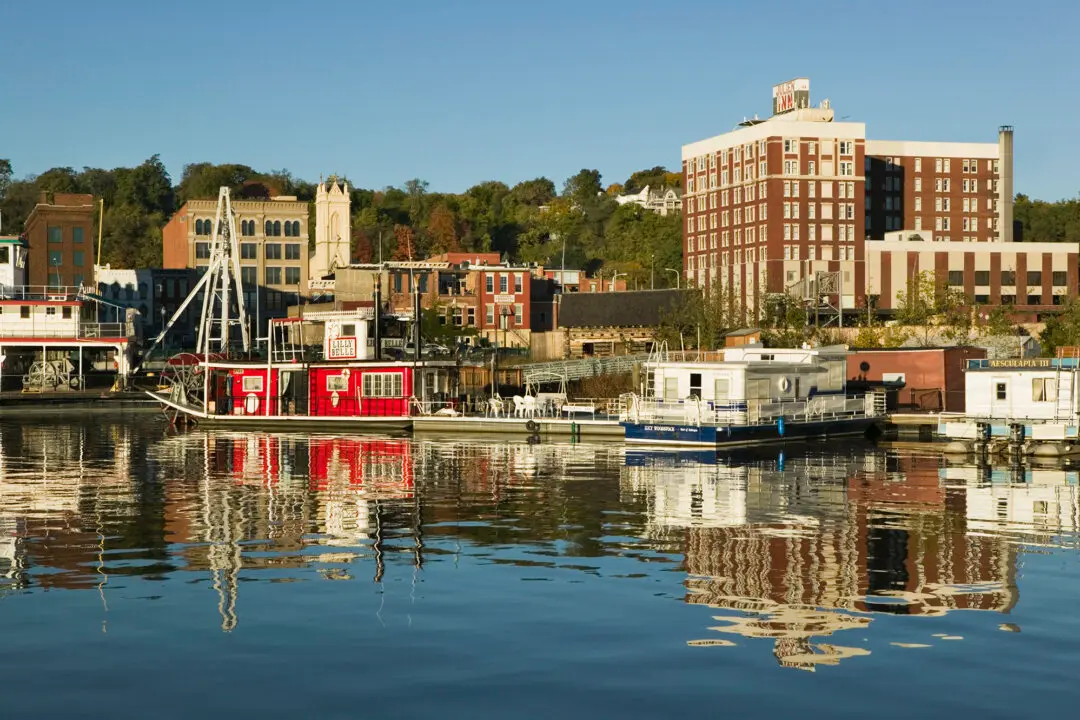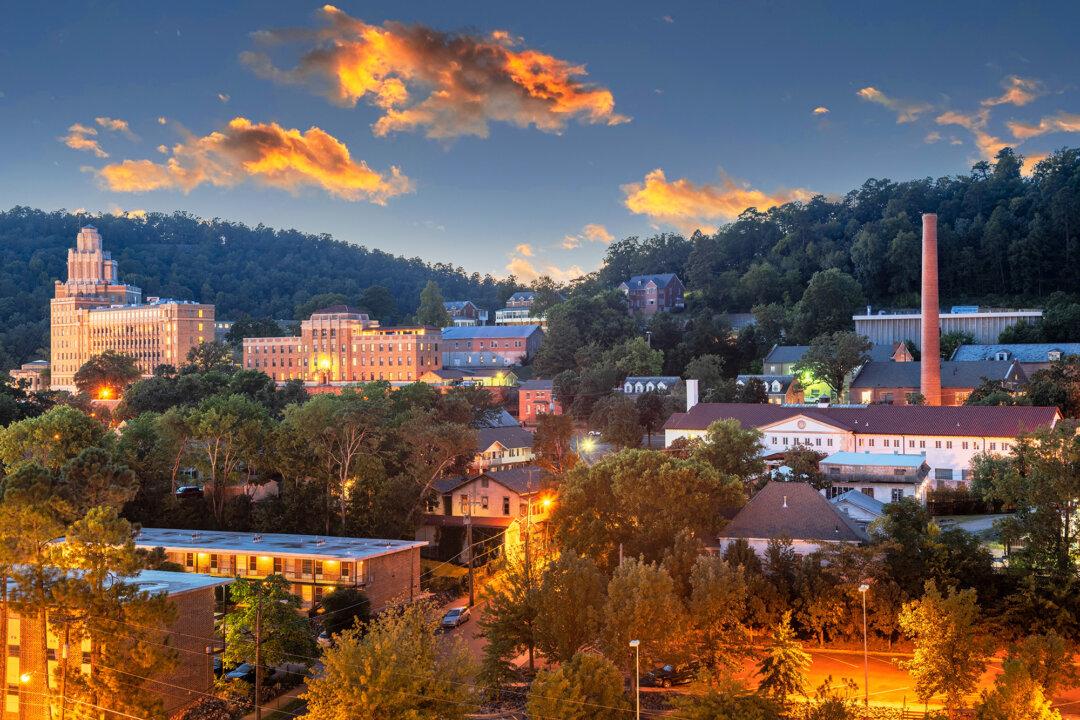“Good baklava begins with good soil,” writes Turkish food writer Aylin Oney Tan in her book, “A Taste of Sun and Fire: Gaziantep Cookery.” Probably not your first guess, but for those who take the syrupy, nut-filled, layered-crust confection as seriously as life itself, we need to go right to the basics: good wheat for good flour.
For that, Tan tells us to look to the Harran Plain, an area in southeastern Turkey that was part of the Fertile Crescent, the farmer-friendly land between the Tigris and Euphrates Rivers where wheat was first cultivated over 11,000 years ago. Then, the required clarified butter should be produced from “milk from animals grazing on spring vegetation,” she says. Slightly under-ripe pistachios, “chosen while still on the tree,” bring a stronger, greener color and flavor. Serious business, this.





